1. Tuscan-Inspired Kitchen Décor (Early 2000s)
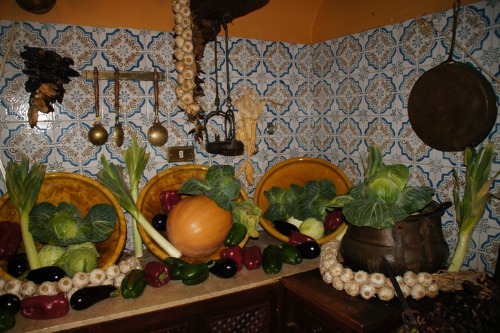
If your kitchen still boasts faux grapes, wrought iron wall art, and warm “Old World” paint tones, you’re living in the early 2000s. The Tuscan kitchen trend took off after shows like Trading Spaces romanticized European countryside aesthetics. Heavy cabinetry, ornate tile backsplashes, and bronze fixtures screamed “luxury” back then. Today, those same design elements feel bulky compared to the sleek, minimalist kitchens dominating Pinterest boards.
That grapevine border and “Live, Laugh, Love” plaque above your stove once felt sophisticated. The palette of mustard yellow and terra-cotta was meant to evoke rustic charm and good taste. But now, interior designers favor light woods, neutral tones, and quartz instead of granite. If your kitchen still feels like a villa in Florence, your last redecorating spree likely happened before 2010.
2. Shag Carpeting (1970s)
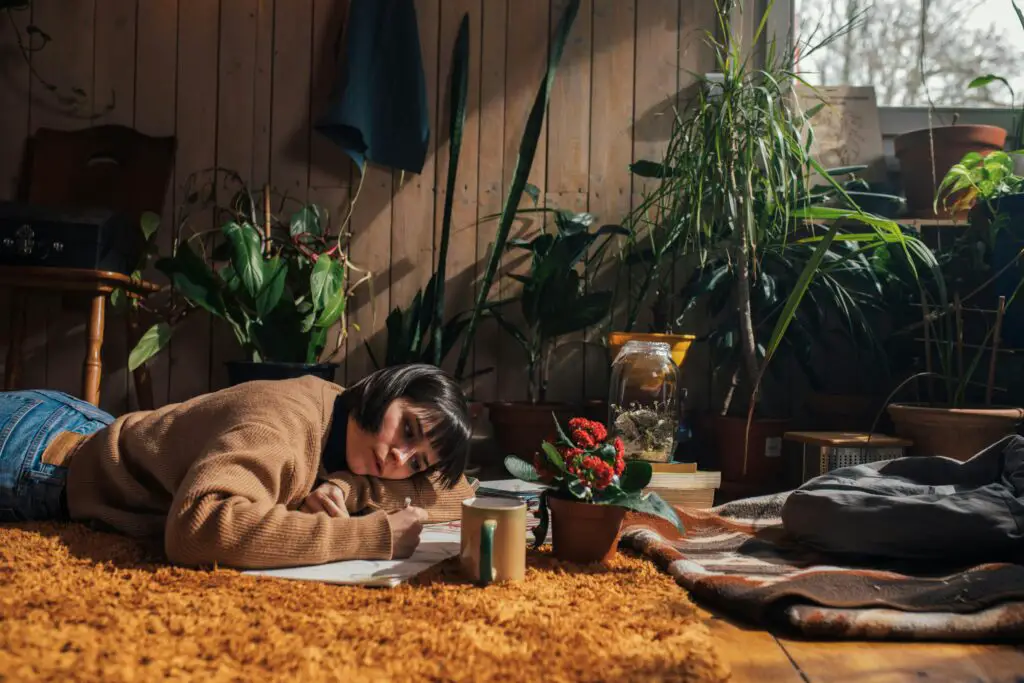
Shag carpeting, in all its thick, plush glory, was the ultimate status symbol of the 1970s. It came in vibrant oranges, avocado greens, and harvest golds—colors that matched the decade’s fearless palette. The texture added coziness but also trapped every bit of dust imaginable. By the 1980s, the trend gave way to cleaner, lower-pile carpets that were easier to maintain.
If you’ve still got shag underfoot, it’s a nostalgic nod to an era of lava lamps and conversation pits. While mid-century modern style has made a huge comeback, shag hasn’t followed suit. Designers now favor rugs with natural fibers like jute or wool for a more organic, breathable feel. Keeping shag means you’ve either got incredible vintage loyalty—or an allergy medication on standby.
3. Popcorn Ceilings (1960s–1980s)
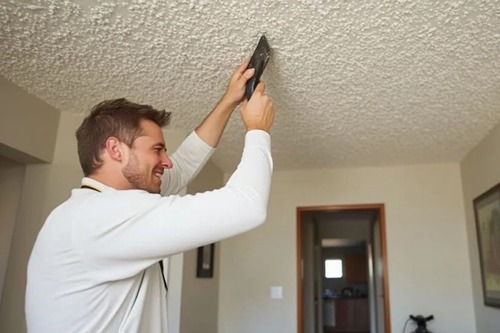
Popcorn ceilings were once considered an easy, cost-effective way to hide imperfections and dampen sound. Builders loved them because they required less finishing work and offered decent acoustic control. Unfortunately, they often contained asbestos before it was banned in U.S. construction materials in the late 1970s. Even after safer formulas emerged, the look quickly fell out of fashion by the 1990s.
If you still look up and see a bumpy texture instead of smooth plaster, your home is a time capsule from a bygone era. Most homeowners today opt to have popcorn ceilings scraped and refinished for a cleaner aesthetic. It’s one of the most telltale signs your home hasn’t seen a major update in decades. And yes, your guests probably notice it the second they glance up.
4. Glass Block Walls (1980s–1990s)
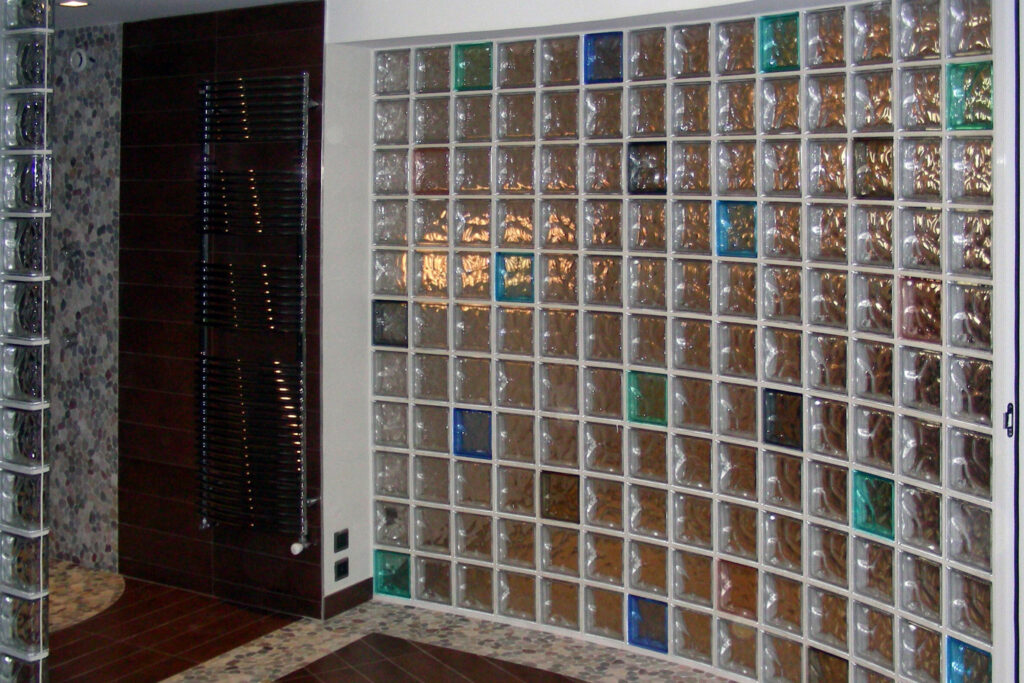
Glass blocks were once the epitome of “modern” design, giving bathrooms and basements a semi-private glow. They filtered light while maintaining privacy, which felt cutting-edge at the time. The trend became popular during the late ’80s and ’90s as people experimented with more architectural texture indoors. Unfortunately, what once looked futuristic now reads as distinctly retro.
If your shower still has those chunky glass cubes, it’s a sure giveaway of the era your bathroom was last updated. Today, people prefer clear glass or minimalist tiles that create an open, spa-like vibe. The heavy, geometric look of glass block walls feels more industrial than inviting. It’s one of those details that instantly timestamps a renovation.
5. Floral Wallpaper Borders (1990s)
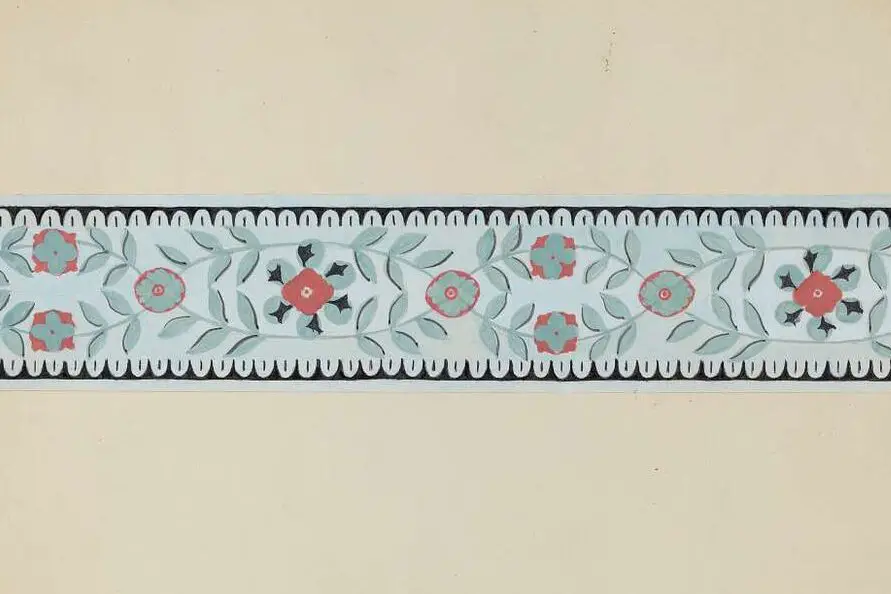
In the ’90s, wallpaper borders were everywhere—from kitchens to kids’ rooms. They offered a quick way to add “personality” without committing to full wallpaper coverage. Pastel florals, ivy patterns, and even country motifs were favorites. But once minimalism and open-plan living took off in the 2000s, those strips of wallpaper started to feel fussy and dated.
If you can still spot a strip of roses near your ceiling, you’ve found a relic of HGTV’s early decorating advice. These borders once symbolized cozy, personal charm, but they now make rooms feel visually cramped. Modern design leans toward subtle texture rather than literal patterns. If you’re hanging onto your border, you might just be clinging to simpler, dial-up-era times.
6. CD Towers and Media Cabinets (Late 1990s–Early 2000s)
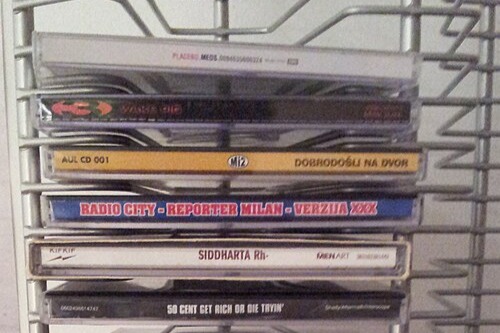
A towering rack of CDs used to be a badge of honor—proof of your impeccable musical taste. Entertainment centers and glass-door cabinets were designed to show them off. But with the rise of iTunes and later streaming platforms, these bulky furniture pieces quickly became obsolete. Now, they mostly collect dust next to the DVD player you forgot you owned.
If your living room still has a dedicated media cabinet, it’s a snapshot of the pre-digital age. Interior design has since moved toward minimalism, with hidden storage and wireless everything. The sight of physical discs instantly dates a space to a time before Spotify playlists. It’s nostalgic, but definitely not sleek.
7. Brass Fixtures (1980s–Early 1990s)
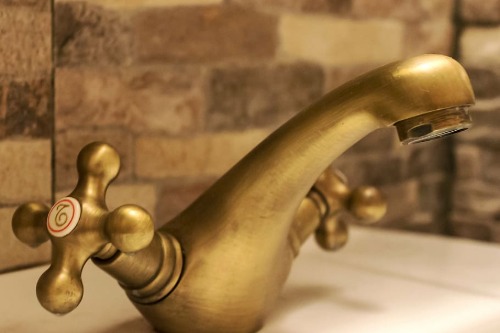
Shiny brass fixtures once symbolized luxury and warmth in bathrooms and kitchens alike. By the late ’80s, homes gleamed with polished brass faucets, doorknobs, and lighting. But the finish aged poorly and often tarnished unevenly, leading to its decline by the early 2000s. Designers pivoted to brushed nickel and oil-rubbed bronze for a more understated look.
If your bathroom still sparkles like a brass showroom, you’re living in a Reagan-era dream. The good news? Brass has made a small comeback—but in muted, satin finishes rather than that high-gloss glare. Polished brass from the original wave looks far too shiny to blend with modern trends. It’s beautiful nostalgia, but not quite back in fashion.
8. Beaded Curtains (1960s–1970s)
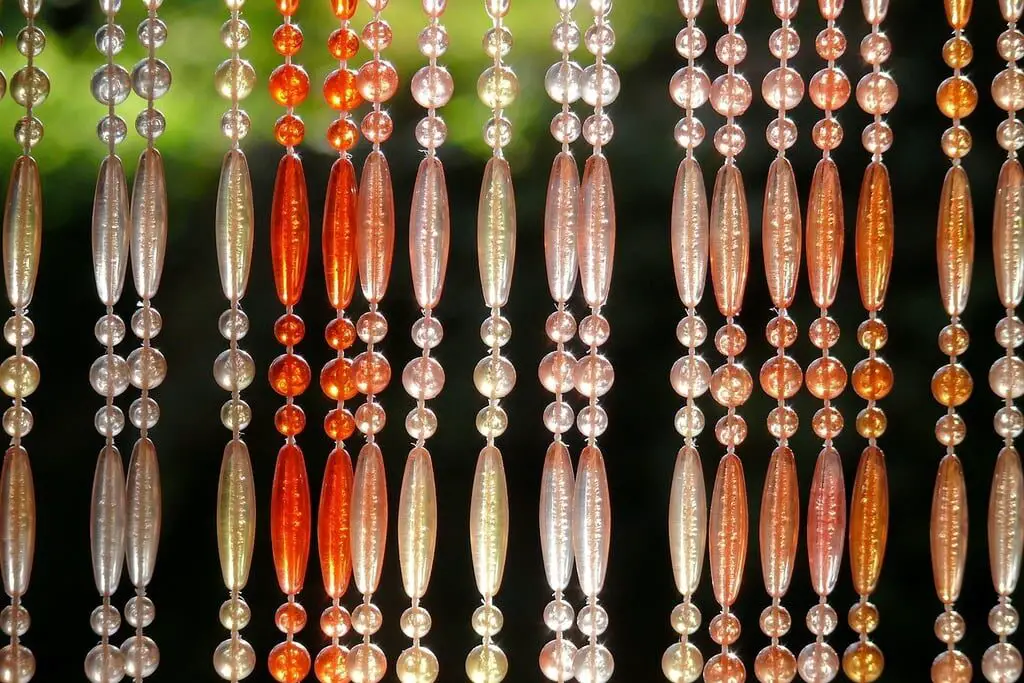
Once the ultimate bohemian statement, beaded curtains separated rooms without solid doors. They came in colorful plastic or wooden strands that clicked and swayed as you passed through. Popularized during the hippie movement, they embodied freedom and individuality. But they also tended to tangle, break, and collect dust.
If you still have them hanging in a doorway, you’re definitely channeling the free-spirited ’70s. While boho décor is trending again, it’s more about natural textiles and macramé than actual beads. Designers now favor open archways or lightweight linen curtains for a softer look. Keeping the beads is a charming act of rebellion—but also a clear timestamp.
9. Word Art Signs (2000s–2010s)
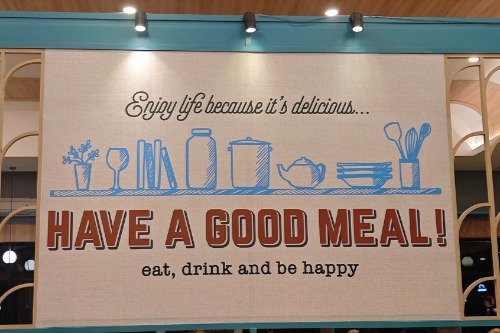
“Live, Laugh, Love” became the unofficial slogan of suburban décor in the 2000s. Home stores sold endless variations of inspirational quotes on wooden plaques and canvas prints. It felt personal and cozy at the time, tying into the rise of farmhouse and shabby chic design. But by the mid-2010s, the trend was overexposed and ripe for parody.
If your walls are still whispering “Gather” or “Bless This Mess,” you’re frozen in the Joanna Gaines era. The modern take favors subtle typography or abstract art instead of overt slogans. Word art once felt heartfelt, but now reads as a Pinterest cliché. If you can’t part with yours, you’re holding onto the early days of DIY décor blogs.
10. Inflatable Furniture (Late 1990s–Early 2000s)
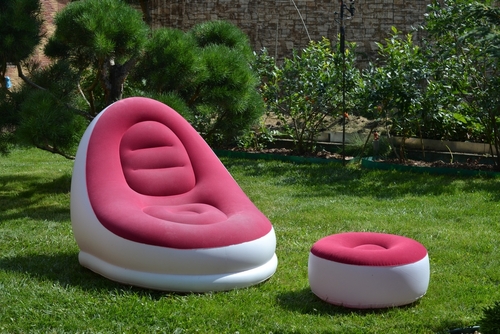
Clear plastic chairs and neon inflatable couches were dorm room staples around the turn of the millennium. They were cheap, fun, and very much a product of the Y2K aesthetic. Retailers like Target and Limited Too sold them in every color imaginable. Unfortunately, they weren’t built to last—both in style and structure.
If you’ve still got one tucked in a basement or teen room, it’s a hilarious throwback to the age of dial-up internet and TRL. The trend fizzled once people realized vinyl furniture wasn’t exactly practical. Design since then has favored comfort, sustainability, and neutral tones. That squeaky, transparent chair is pure nostalgia—but not exactly grown-up décor.
11. Lace Doilies (1950s–1960s)

Lace doilies were once a sign of refinement and domestic pride. They protected furniture and showed off delicate handiwork, often made by relatives or bought from craft fairs. By the 1950s, nearly every polished surface had one under a lamp or candy dish. As furniture design became more streamlined, though, the need for ornate coverings faded.
If your side tables still sport crocheted lace, your décor roots trace back to your grandmother’s generation. Modern interiors favor clean surfaces and statement décor instead of layered trimmings. While lacework can be beautiful, it now feels overly formal for most homes. Keeping doilies is like keeping rotary phones—sentimental, but unmistakably vintage.
12. Mason Jar Everything (2010s)
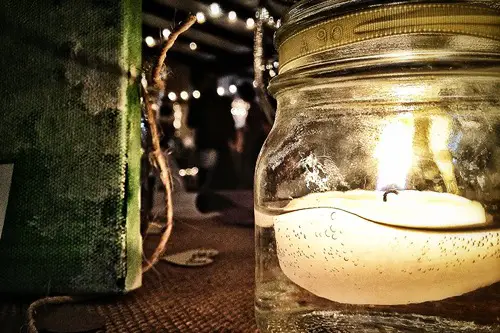
In the early 2010s, mason jars were the symbol of rustic-chic living. People used them for drinking glasses, planters, soap dispensers, and wedding centerpieces. The trend was born from the rise of Pinterest and farmhouse aesthetics popularized by HGTV. But after years of overuse, even die-hard DIYers began to move on.
If you still serve cocktails in mason jars, your decorating timeline stopped somewhere around the Fixer Upper craze. These jars have since gone back to their original purpose—actual food storage. Modern rustic design has evolved into something sleeker, with handmade ceramics and sustainable materials. Mason jars will always be charming, but they’re a sign your Pinterest board hasn’t been updated in a decade.
This post 12 Home Accessories That Reveal the Exact Era You Stopped Redecorating was first published on Greenhouse Black.
